The 2023 Cochran Review on Physical Interventions Against Respiratory Viruses
But does science matter anymore?
What is the Cochran Library?
“The Cochrane Library contains high-quality, independent evidence to inform healthcare decision-making. It includes reliable evidence from Cochrane and other systematic reviews, clinical trials, and more. Cochrane reviews bring you the combined results of the world’s best medical research studies, and are recognized as the gold standard in evidence-based health care.”
The Cochran Library has been reviewing the use of physical interventions to interrupt or reduce the spread of respiratory viruses since 2010. By physical interventions, they mean masks, shields, gowns, hand-washing, etc.
This is not some short-term project, but a long-term, serious meta-analysis review. As stated above, the Cochran reviews are considered the gold standard for health care agencies and professionals. When Jill and I took our fellowship training at Harvard in Global Clinical Research, the Cochran methodology for medical research meta-analysis was taught as the preferred method.
Background
Viral epidemics or pandemics of acute respiratory infections (ARIs) pose a global threat. Examples are influenza (H1N1) caused by the H1N1pdm09 virus in 2009, severe acute respiratory syndrome (SARS) in 2003, and coronavirus disease 2019 (COVID-19) caused by SARS-CoV-2 in 2019. Antiviral drugs and vaccines may be insufficient to prevent their spread. This is an update of a Cochrane Review last published in 2020. We include results from studies from the current COVID-19 pandemic.
Authors' conclusions
The high risk of bias in the trials, variation in outcome measurement, and relatively low adherence with the interventions during the studies hampers drawing firm conclusions. There were additional RCTs during the pandemic related to physical interventions but a relative paucity given the importance of the question of masking and its relative effectiveness and the concomitant measures of mask adherence which would be highly relevant to the measurement of effectiveness, especially in the elderly and in young children.
There is uncertainty about the effects of face masks. The low to moderate certainty of evidence means our confidence in the effect estimate is limited, and that the true effect may be different from the observed estimate of the effect.
The pooled results of RCTs did not show a clear reduction in respiratory viral infection with the use of medical/surgical masks. There were no clear differences between the use of medical/surgical masks compared with N95/P2 respirators in healthcare workers when used in routine care to reduce respiratory viral infection. Hand hygiene is likely to modestly reduce the burden of respiratory illness, and although this effect was also present when ILI and laboratory-confirmed influenza were analysed separately, it was not found to be a significant difference for the latter two outcomes. Harms associated with physical interventions were under-investigated.
There is a need for large, well-designed RCTs addressing the effectiveness of many of these interventions in multiple settings and populations, as well as the impact of adherence on effectiveness, especially in those most at risk of ARIs.
This large group of international researchers reviewed dozens of rigorously correct, randomized clinical trials of "physical interventions" against respiratory diseases. These diseases included influenza and COVID-19 during the pandemic, and these researchers failed to find even a “modest effect” on infection or illness rates from any type of mask.
Furthermore, the effects that masking is having on health, childhood development, speech development, etc. are unknown and are under-investigated. Ergo - governments aren’t funding this research. Without government funding, the answer to the damage done will never be answered.
So, here we are in 2023. Why does this matter? Mask mandates are gone, right?
You think this is over?
Not for our children and grandchildren. The damage done is ongoing and real.
In blue states, such as New York, New Jersey, Massachusetts, Pennsylvania, Washington and California, masks in schools are still often required - Daily Mail.
Just look at recent headlines:
The CDC is still recommends masking in areas with "high" transmission levels and also recommends indoor masking to protect high-risk contacts in "medium" counties. Currently, that means 27% of all counties in the USA.
Sciencism has replaced science.
Luckily, more and more Americans aren’t drinking the kool-aid. Only 15.5% of Americans have received the bi-valient recent booster.
The CDC has now removed the category of 6 months to under five on its vaccine tracker page, but the data can be found on a deep dive. It appears to be about 8% vaccinated for this age cohort.
The message is getting out.
We must keep fighting for our children and our health.
Now it is time to get rid of the mask mandates, and the ability of the CDC to mandate products or massive quarantines ever again It is time to regain personal freedoms lost.





